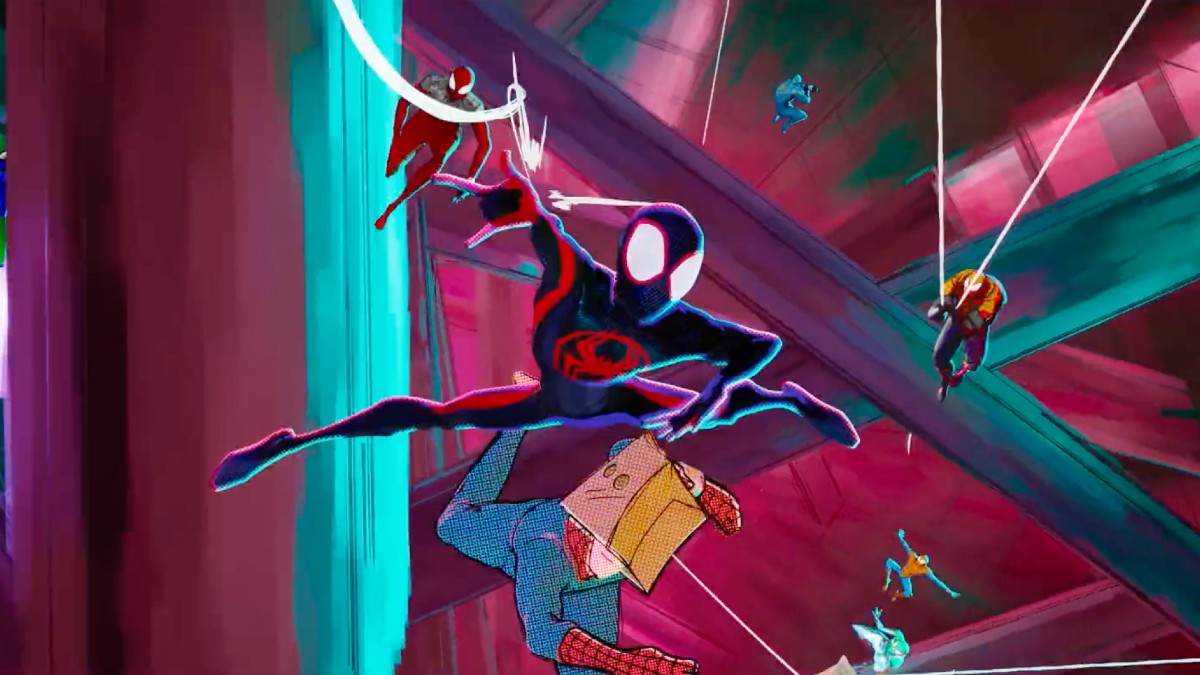While Sony still remains woefully incompetent in live-action adaptations of Marvel characters — Morbius still gives me nightmares while I am awake — it has received all the love for its animated servings Spider-Man: Into the Spider-Verse and now, Spider-Man: Across the Spider-Verse has the studio experiencing the appreciation all over again. But no matter how many reviews have painted the latter as yet another visual masterpiece, it poses a very real risk to a section of the Marvel fandom.
It all started with 2018’s Into the Spider-Verse.
Yes, the animated superhero flick has a glowing score of 97% on Rotten Tomatoes, but what many critics failed to point out in their descriptive reviews was soon highlighted by aggrieved moviegoers. I am talking about the flashing imagery and burst of bright light in a few scenes of the film that had the tendency to induce seizures in a very small but very much real percentage of people who turned up to watch the film.
The severe strobe effects in question can and did cause headaches, dizziness, and in worse cases, seizures, in individuals suffering from epilepsy, migraine headaches, lupus, and other chronic illnesses. Many were caught unaware as reportedly the studio decided to not attach a warning about the inclusion of such effects in the film in the beginning – though some moviegoers did report that signs at the theaters warning about the same did exist.
But the damage had been done and it kickstarted a storm of tweets, impassioned articles, Reddit posts, Tumblr messages, and whatnot to call out Sony as well as warn fellow Marvel fans to avoid watching the film if they also suffer from conditions that can be aggravated by the flashing lights.
The issue also led to the creation of petitions that requested Sony to tag a warning for viewers before the film credits roll in, if not out of concern for others, then at least to sidestep any potential legal hassle it may end up causing.
“Issuing an epilepsy warning will not necessarily hurt the film’s box office numbers (Incredibles 2 made over $1 billion), and it will help protect otherwise-uninformed epileptic viewers (and others who have health issues related to photosensitivity), thus protecting Sony from being subject to legal action brought forward by moviegoers who had health problems triggered by this movie due to a lack of warning.”
Another viewer shared how “the entire movie is non-stop strobes even the credits” and confessed that the experience left them “severely disoriented even an hour and a half” after they exited the theater, while an individual with epilepsy spent days recovering from the adverse reaction caused by the visual effects.
It remains to be seen whether Sony heeded the backlash and chose to add a warning this time to Across the Spider-Verse, which also contains several scenes with flashing lights, without waiting for negative feedback and causing serious harm in the process.
But the sadder reality is that in their desire to win when it comes to serving peak visual effects, the studio simply decided that equally involved die-hard Marvel fans suffering from photosensitivity disorders are not worth considering and choose to simply exclude them from witnessing an important cultural touchstone.
Is it really necessary to use such extensive strobe effects in a film? Is going for an all-flashy presentation the only way to make a film look exciting? At this point, as expecting a change or complete exclusion of such effects hangs in the balance, we will have to make peace with a mandatory warning before the film starts as these beyond-necessary words of caution are still often missing despite the risk such scenes pose.
Spider-Man: Across the Spider-Verse hits theaters this June 2, 2023.

